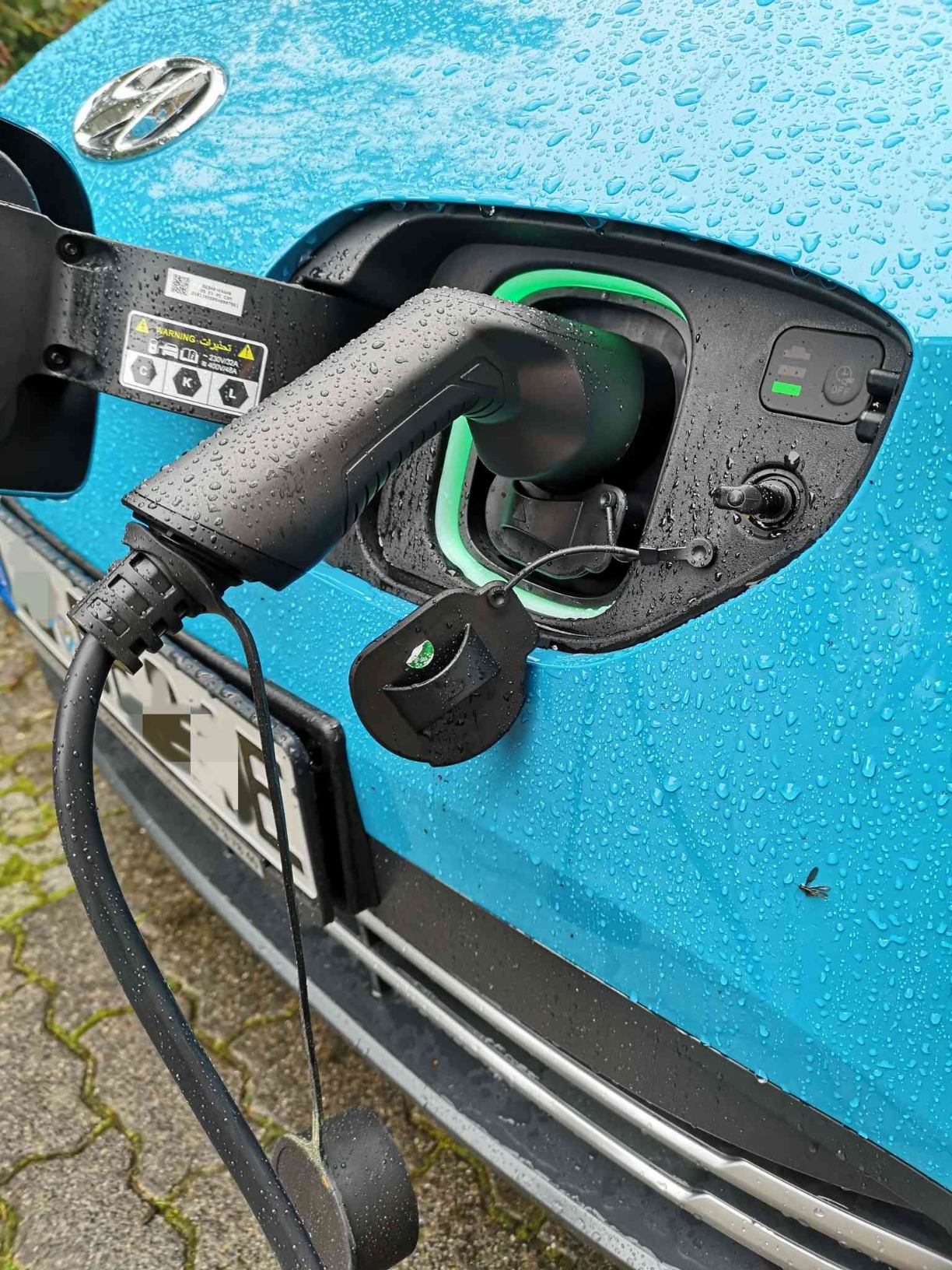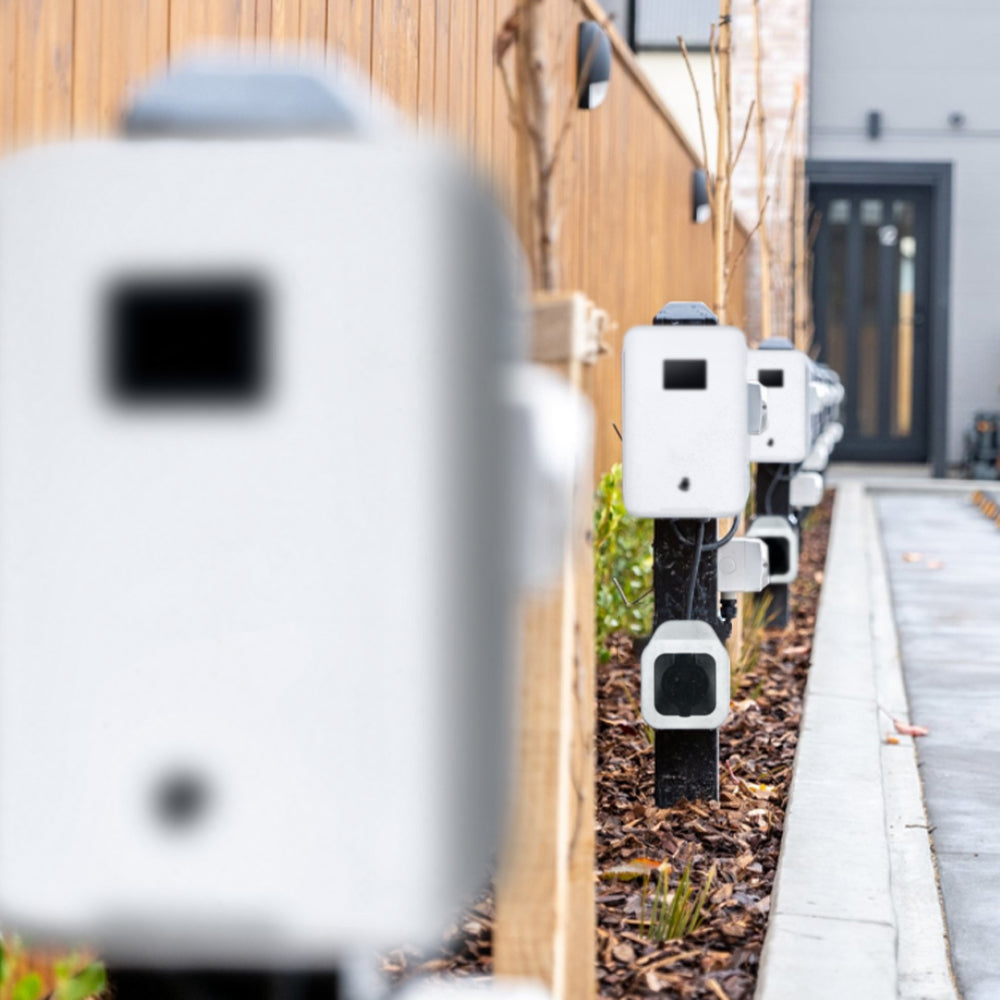Over the past decade, Europe’s EV charging infrastructure has been dominated by medium-power AC stations and conventional DC fast chargers. Although these are much faster than a household outlet, they still fall short of delivering the “refuel-like” experience long-distance drivers expect. Starting in 2025, this landscape is changing dramatically: Mercedes-Benz, BYD, Alpitronic and other leaders are rolling out a new generation of ultra-fast EV charging technologies across Europe, signalling a new phase for the continent’s public charging networks.
⚡ What Ultra-Fast EV Charging Means
✔️Shorter waiting times: Next-generation ultra-fast chargers can add hundreds of kilometres of range within just a few minutes under optimal conditions. This brings the electric vehicle charging experience much closer to the speed of refuelling a petrol car and significantly reduces range anxiety.
✔️New business models: For charging operators, higher-power stations make it possible to build “charging hubs” at highways and busy urban areas. These hubs typically include multiple ultra-fast chargers, convenience stores, lounges or even work pods, creating a “quick recharge + value-added service” experience. Dynamic pricing (peak VS off-peak) also enables operators to increase revenue.
🤔Who Is Leading the Race
✅Mercedes-Benz & Alpitronic: Rolling out next-generation DC systems across Europe and North America, steadily increasing power and compatibility.
✅BYD: Showcased its “Megawatt” technology at IAA Munich, focusing on high-efficiency, short-time recharging.
✅European operators: Lonity, Fastned, EnBW and others are upgrading their existing EV fast-charging networks to support the next wave of high-voltage platform vehicles.
This multi-player environment will dramatically enhance Europe’s highway and cross-border fast-charging capacity, boosting long-distance travel, commercial EV adoption and new-energy logistics.
🔋Ultra-Fast Public Charging ≠ The End of Home EV Charging
Many drivers wonder: “If public charging is this fast, do I still need a home EV charger?”
The answer is yes — home electric vehicle charging will remain indispensable for the foreseeable future:
✔️Cost savings: Night-time off-peak electricity rates are often significantly lower than public ultra-fast charging, reducing the total cost of ownership.
✔️Convenience: Plug in at home every evening and wake up to a full battery — no queues, no detours.
✔️Battery health: Frequent ultra-fast charging can accelerate battery degradation; home AC charging is gentler and helps prolong battery life.
For most households, installing a reliable, smart home EV charger remains the ideal choice to balance cost, convenience and battery longevity.
🚀What This Means for the Future
Europe’s ultra-fast EV charging race is more than a technical competition; it is reshaping driver behaviour, infrastructure planning and energy systems:
✔️Automakers must ensure high-voltage platforms, battery thermal management and charging protocols keep pace with ultra-fast charging.
✔️Governments need to coordinate grid capacity and set unified standards to avoid compatibility issues between chargers and vehicles.
✔️Consumers gain the freedom to “charge like refuel” on long trips while still benefiting from low-cost, reliable home EV charging for everyday use.
📌Conclusion
Ultra-fast EV charging is propelling Europe’s public charging network to a new level. Yet it is primarily a solution for long-distance and emergency top-ups, not a universal answer for daily charging needs. For most drivers, a smart, stable home EV charger remains the most economical, convenient way to recharge and protect battery health.
In the coming years, public ultra-fast charging and home smart charging will complement each other, building a truly mature electric-mobility ecosystem in Europe.



